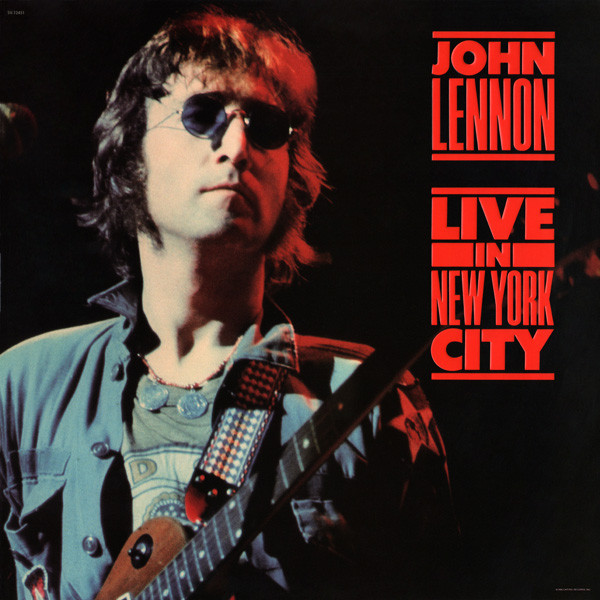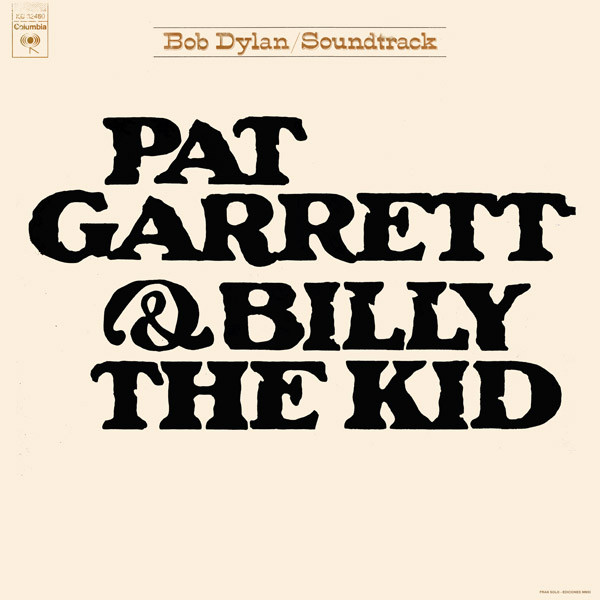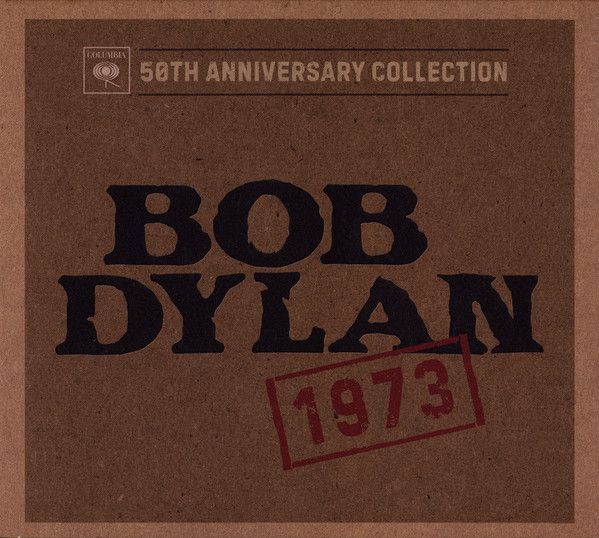 For his Asylum Records debut—on a roster that boasted (at the time) the likes of Joni Mitchell, Jackson Browne, the Eagles and Tom Waits—Dylan devised a winning combination: all new songs with the full-fledged accompaniment of The Band, followed by a full-fledged tour. (This wrinkle would surely have been as much of a boon for The Band, as despite success on the concert circuit, their best work was behind them and they’d reached something of a creative standstill.) The resultant album, Planet Waves, was recorded rather quickly and released in time for the tour.
For his Asylum Records debut—on a roster that boasted (at the time) the likes of Joni Mitchell, Jackson Browne, the Eagles and Tom Waits—Dylan devised a winning combination: all new songs with the full-fledged accompaniment of The Band, followed by a full-fledged tour. (This wrinkle would surely have been as much of a boon for The Band, as despite success on the concert circuit, their best work was behind them and they’d reached something of a creative standstill.) The resultant album, Planet Waves, was recorded rather quickly and released in time for the tour.“On A Night Like This” continues the homey sentiments of Nashville Skyline and New Morning, with something of a duel between harmonica and accordion. “Going, Going, Gone” offers a little more mystery, wound up nicely with a stirring bridge and Robbie Robertson’s trademark pinched tone. “Tough Mama” and “Hazel” sing of other unspecified women, both sporting clever rhymes and catchy melodies, while “Something There Is About You” is a little more straightforward.
Two versions of “Forever Young” are included, back to back; allegedly the slow burner that ends side one was considered too “mushy”, but it’s also much more effective than the fast hoedown that starts side two. (The song still runs rings around Rod Stewart’s overblown paraphrase that still gets airplay on “lite” stations.)
“Dirge” is one of the album’s highlights, consisting of just piano, Bob’s voice, Robbie’s acoustic guitar interruptions and an undercurrent of something downright sinister. After five minutes of self-loathing, “You Angel You” sounds a little funny coming next, but “Never Say Goodbye” brings some of the mystery back, complete with a teasing reference near the end of a “Baby Blue”. And as he’d done before, a solo acoustic performance closes the album. “Wedding Song” would be heard as autobiographical, and its inherent conflicts take us out on an odd note.
Was this the sound people had been hoping to hear since the motorcycle crash? Planet Waves certainly gave critics yet another chance to trumpet the “return” of their bard, and the album has endured as a cozy listen. It’s not one of his greatest works, but it’s a worthy chapter in the ongoing saga. (When Columbia retained the rights to the album in 1982, the cover art was modified to remove the original handwritten liner notes; these were restored on the 2003 SACD reissue.)
Bob Dylan Planet Waves (1974)—3



:format(jpeg):mode_rgb():quality(90)/discogs-images/R-5776803-1402353972-3835.jpeg.jpg)
.jpg)

